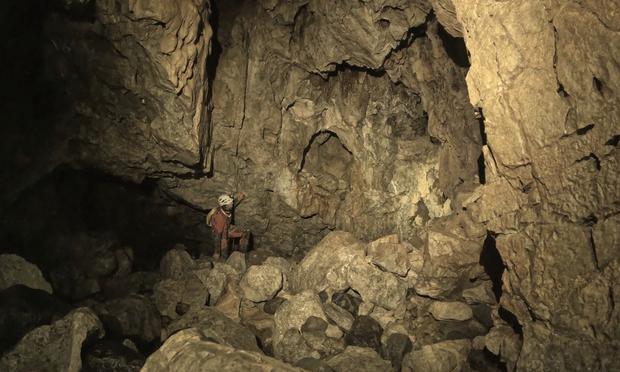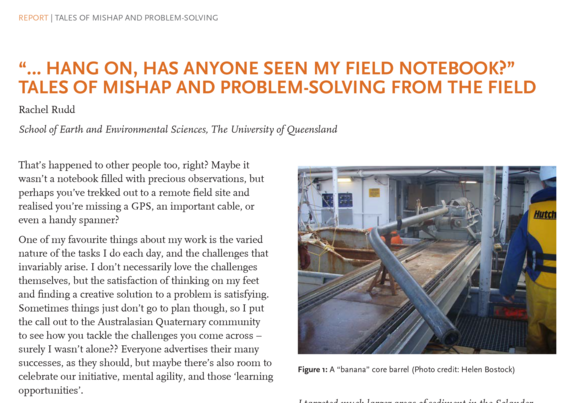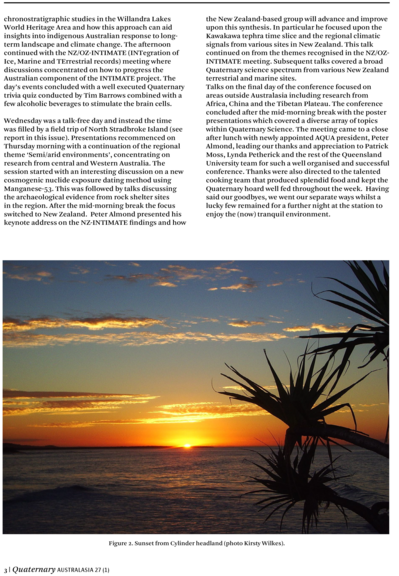🔦 Feldforschung in Alaska: Der #Geologe Paul Wilcox entdeckte dort in einer schwer zugänglichen Höhle rund 20.000 Jahre alte Ablagerungen. Eine Analyse dieser Proben erlaubte Rückschlüsse über das Ende der letzten #Eiszeit und darüber, wie das Abschmelzen der riesigen Gletscher damals vor sich ging.
📖 https://www.nature.com/articles/s41561-025-01694-4
#Geologie #Paläoklima #quaternary #quaternaryScience #paeloclimate

Alaska: Höhlensedimente dokumentieren letzteiszeitliche Klimadynamik
Paul Wilcox, Geologe an der Universität Innsbruck, entdeckte erstmalig landbasierte Belege für Schmelzwasserimpulse während der letzten Eiszeit vor etwa 20.000 Jahren. Das Alter der Höhlensedimente wurde mit Hilfe optischer Datierungsmethoden bestimmt. Die aus den Sedimenten gewonnenen Daten tragen entscheidend dazu bei, die Abfolge der Klimaereignisse, die damals zu einer Erwärmung des Planeten führten, zu rekonstruieren.


